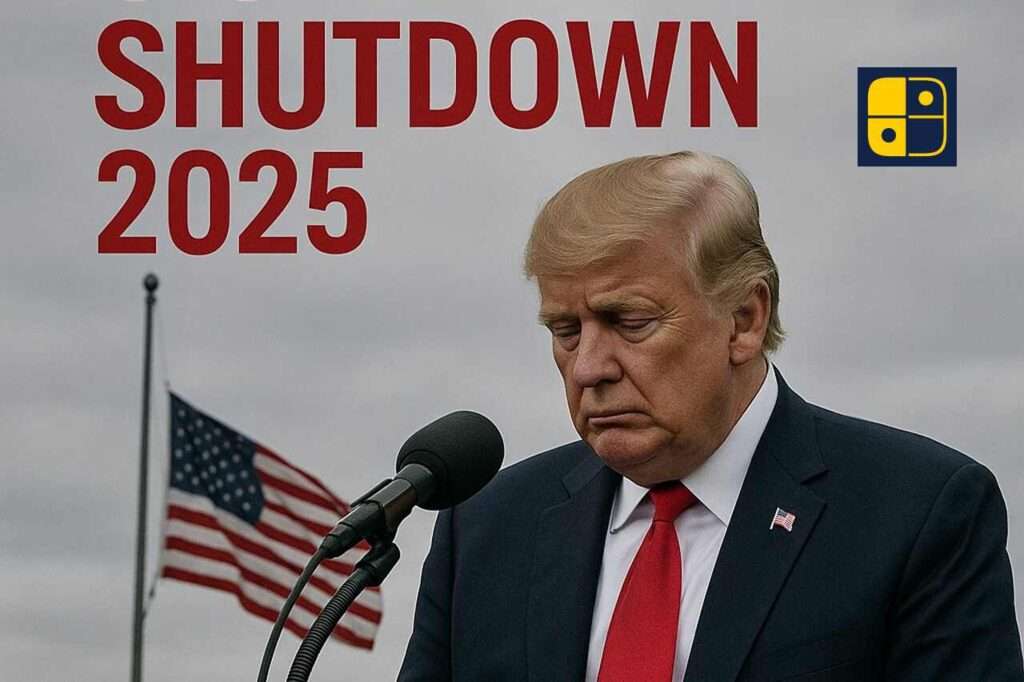The October 1, 2025 shutdown, the 21st since 1976 has once again paralysed the U.S. federal government, furloughing nearly 750,000 workers and freezing about $8 billion in weekly federal spending. Unlike earlier episodes of budgetary standoffs, this one is inseparable from Donald Trump’s decision to tether government funding to the rollback of Affordable Care Act subsidies and Medicaid support. The bill narrowly passed the House (217-212) but collapsed in the Senate (55-45), exposing fractures within the GOP and Trump’s inability to convert a nominal majority into effective governance.
The domestic fallout is immediate. Federal contractors face halted payments; aviation delays loom as TSA and FAA scale back operations; research at the NIH and CDC is throttled, with over 70% of staff expected to be sidelined; and vulnerable groups relying on federal food and housing programs risk disruptions. Past shutdowns have cost the U.S. economy $2-11 billion, and early indicators show consumer confidence dipping and market volatility spiking. For families living paycheck to paycheck, the sudden loss of income deepens social strain.
Globally, the shutdown reinforces doubts about America’s reliability as a partner. With Congress gridlocked, commitments on climate funding, NATO obligations, and aid programs risk delay. Rivals seize on the spectacle of dysfunction to portray the U.S. as a declining power, while allies fear inconsistency in Washington’s long-term commitments.
Ultimately, while Democrats share responsibility for refusing compromise, it is Trump’s strategy of framing a routine funding bill around ideological cuts that has triggered this crisis. The shutdown reflects not fiscal prudence but political brinkmanship weakening U.S. institutions at home and eroding credibility abroad.

